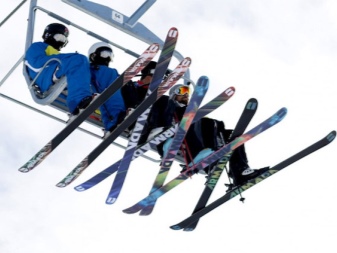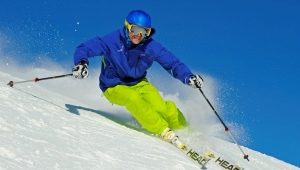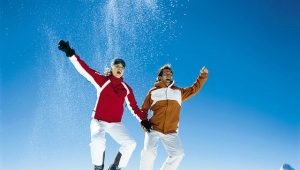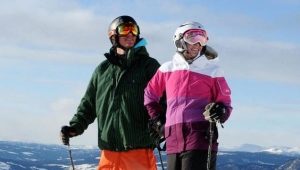Ski boots with NNN binding
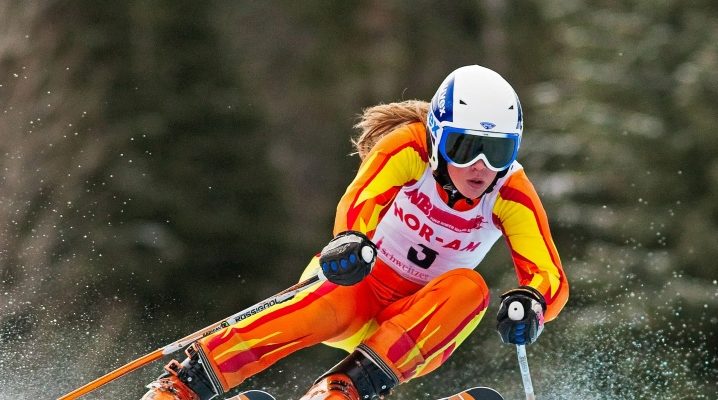
With the advent of winter, fans of active sports are beginning to reconsider their equipment and uniforms. Someone likes simple and easy trails, so that they can slowly drive down and admire the incredible beauty of nature, capturing the most interesting moments on the camera. Someone, on the contrary, cannot imagine their life without speed and extreme sports. But both one and the other need the right and comfortable equipment. If the suit is responsible for the comfort and coziness of the skier, then the boots need to be chosen more carefully and deliberately. After all, properly selected ski shoes contribute not only to comfortable skiing, but are responsible for human safety.
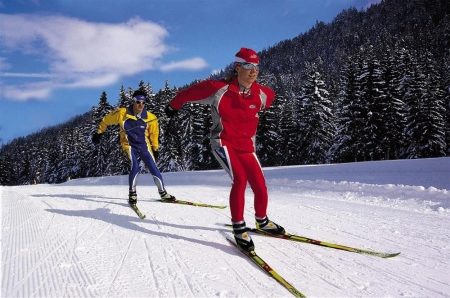
Today, sporting goods and clothing stores offer their customers a wide range of products from various manufacturers. What ski boots are considered the most suitable for sports lovers? How to choose? What nuances to pay attention to?

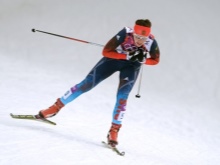
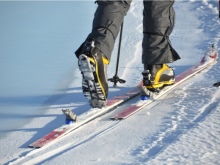
Features and Benefits
Ready to go skiing? What needs to be done first? The answer is simple: pick up the equipment. And if novice skiers immediately rush to the choice of skis, studying the incredibly diverse and multifaceted assortment of positions offered in stores, then experienced winter sports enthusiasts focus their attention on the choice of boots.Of course, it is important to be able to choose the right skis, but initially you should choose a boot. After all, comfort, convenience and safety of the feet while skiing are the key characteristics that should be followed when choosing ski boots.

A ski boot is a kind of link between skiers and skis. Today, sporting goods and accessories stores offer their customers a large selection of different models of ski boots, which can be classified according to many criteria: by gender, by size, by skiing style, by type of skiing, by various technical characteristics, by type of attachment, etc. d.
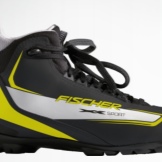
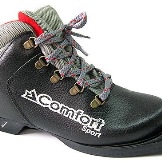
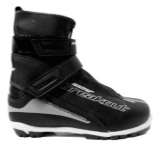

NNN and SNS
For a good grip between the boot and skis, you need to carefully consider the choice of binding. There are two types of ski boot attachments (now we are not considering outdated options) - these are NNN and SNS. Having studied a lot of information on this issue, we can conclude that both systems are highly professional devices. They should not be compared in terms of which type of attachment is better. Both systems guarantee excellent ski-to-boot grip.

- NNN - a system that was developed by the Norwegian company Rottefella. The key feature of such a mount is the presence of a pair of parallel clamps, or they are also called stops, against which the toe of the ski boot rests. Four different stiffness options have been developed.
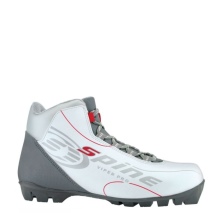

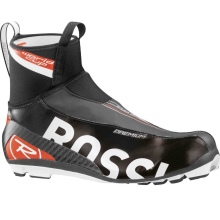
- SNS – system for fastening with cross-country skis. It has three degrees of hardness. Developed by the French company Salomon. Feature - the boot rests on one central latch.
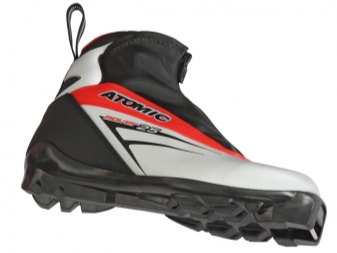

These systems are not interchangeable.Accordingly, when choosing a pair of shoes, a person should be guided solely by their preferences, requirements and wishes.
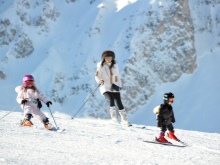

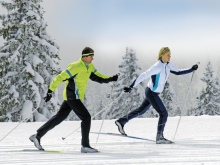
fashion models
Ski boot companies offer today's outdoor enthusiasts a wide and varied selection of boots. If you think that the key classification provides for a distinction exclusively between male, female and children's models, then such a conclusion is completely wrong.

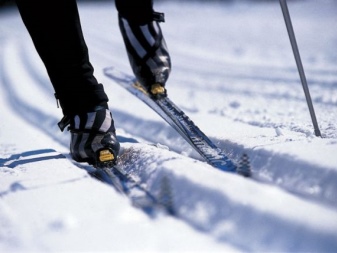

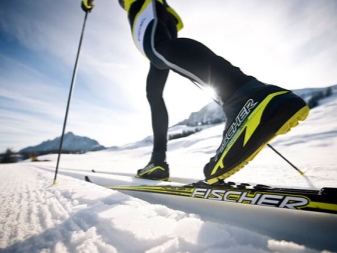
There are two main directions according to which all ski boots can be divided into groups:
According to riding style:
- for skating;
- for a traditional style or for a combined move;
- universal model.


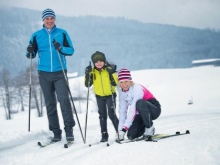
According to the intended purpose:
- for cross-country skiing;
- for sports tourism;
- models for professionals;
- for recreational skiing.
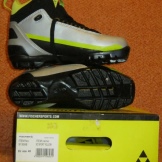
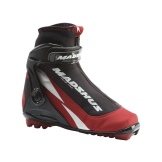
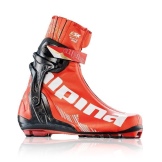

materials
We are all used to the fact that the most practical and high-quality shoes are necessarily made of genuine leather. But this rule does not apply to ski boots. Of course, if you wish, you can find models that are made of genuine leather, but such products are not worth buying. First, they are overpriced. And secondly, as you know, the skin tends to slightly deform and stretch, which is categorically unacceptable in ski-type boots.
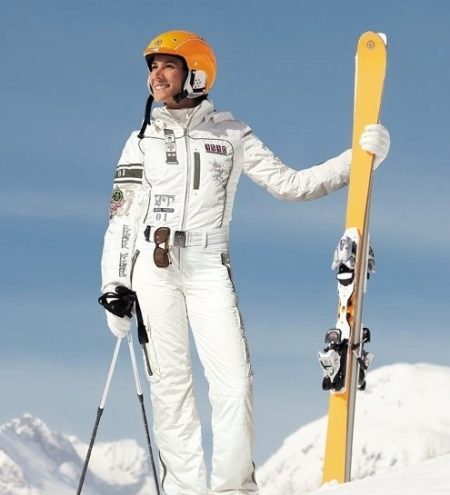
All well-known brands involved in the production and sale of sportswear and footwear use exclusively artificial leather (leatherette), which is coated on top with special impregnations (to repel moisture, for greater density, with a special layer of insulation). However, don't skimp on ski boots. As the saying goes, a miser pays twice.If you have purchased cheap fake boots of a well-known brand, then do not expect any extraordinary miracle from them.
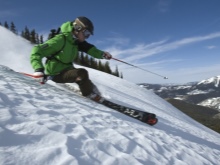
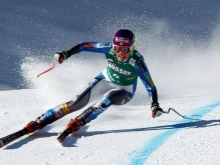
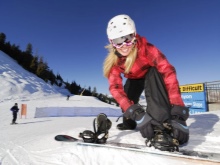
How to choose
Properly selected ski boots guarantee comfortable and enjoyable skiing. At the same time, they securely fix the skier's leg, thereby preventing the possibility of injury, for example, when falling. It is necessary to choose skis only when you have already purchased or decided on the model of boots.
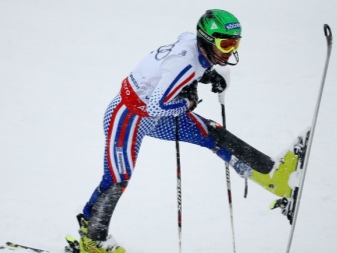
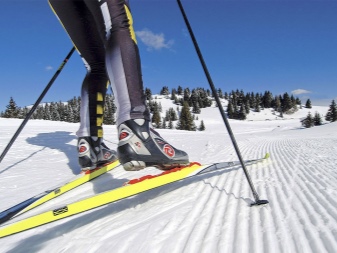


Criteria for choosing ski boots:
- The size. The inside of the boot must match the size of the foot. In no case do not take wide or long models, as they will not be able to tightly fix the foot of the foot. The boot can be butted, over time, the inner filler settles a little and takes the shape of the foot.
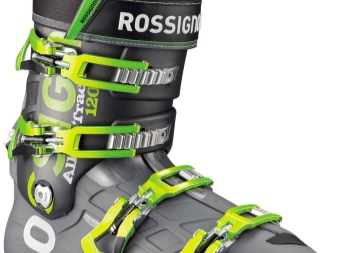
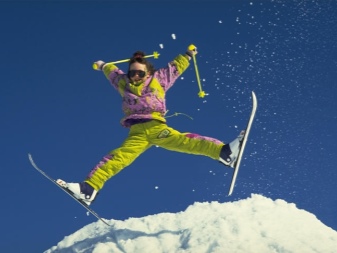


To choose the right size, you can resort to a simple method: take a piece of paper, put your foot and circle it with a pen. We cut out the "imprint" and together with it we go to the store, where a good assortment of ski boots is offered.
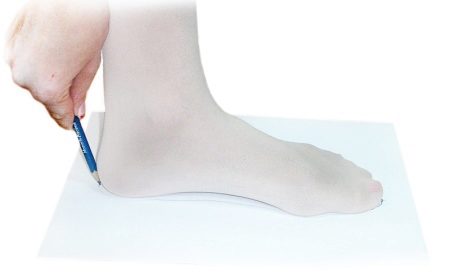
- The degree of hardness. If you like to ride, exploring the surroundings and photographing nature, then it is better to choose soft boots, as they are more convenient and comfortable. If you are looking for emotions and adrenaline in the blood, going down the "black" slopes, then a pair of boots with a rigid fixation will do.
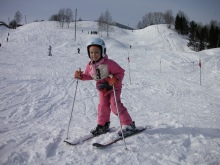

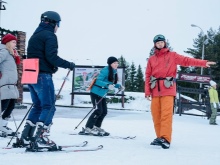
When choosing ski shoes in a store, it is better to try on the model you like and bend your legs slightly, imitating skiing. It is in this way that it is easiest to understand how rigid this model is.
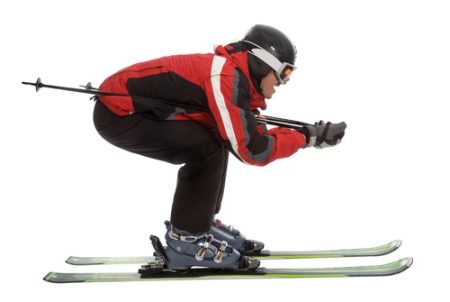
- Pad width. Average values fluctuate in the range of 92 - 108 mm. In addition, some sports shoe manufacturers have begun to produce models of ski boots with the ability to mechanically adjust the last width.

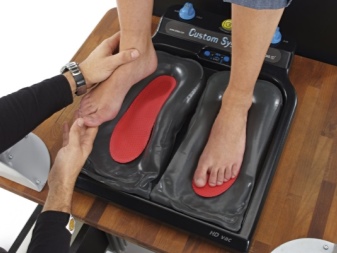
- Outsole type: DIN, Touring, WTR or Walk to Ride technology.

- A strap or strap around the outside of the boot. The width can be in the range from 25 to 65 mm. The wider the belt, the more reliable and denser the fixation of the leg.
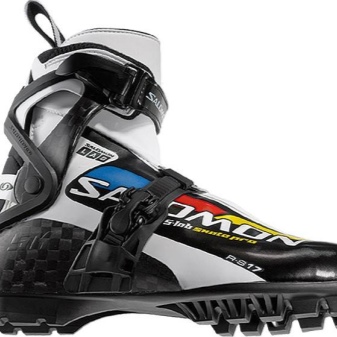
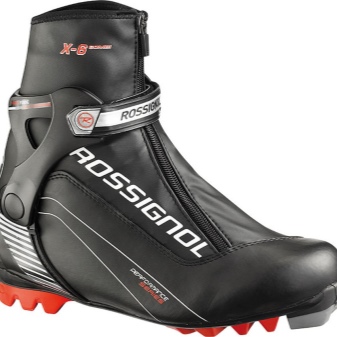
- The inside of the ski boot should be moderately soft, take the shape of the foot and serve as a shock absorber to some extent, which is especially important for freestylers and freeriders, since high rigidity shoes are not acceptable for them. In such shoes, you can injure your foot when performing various trick elements.


